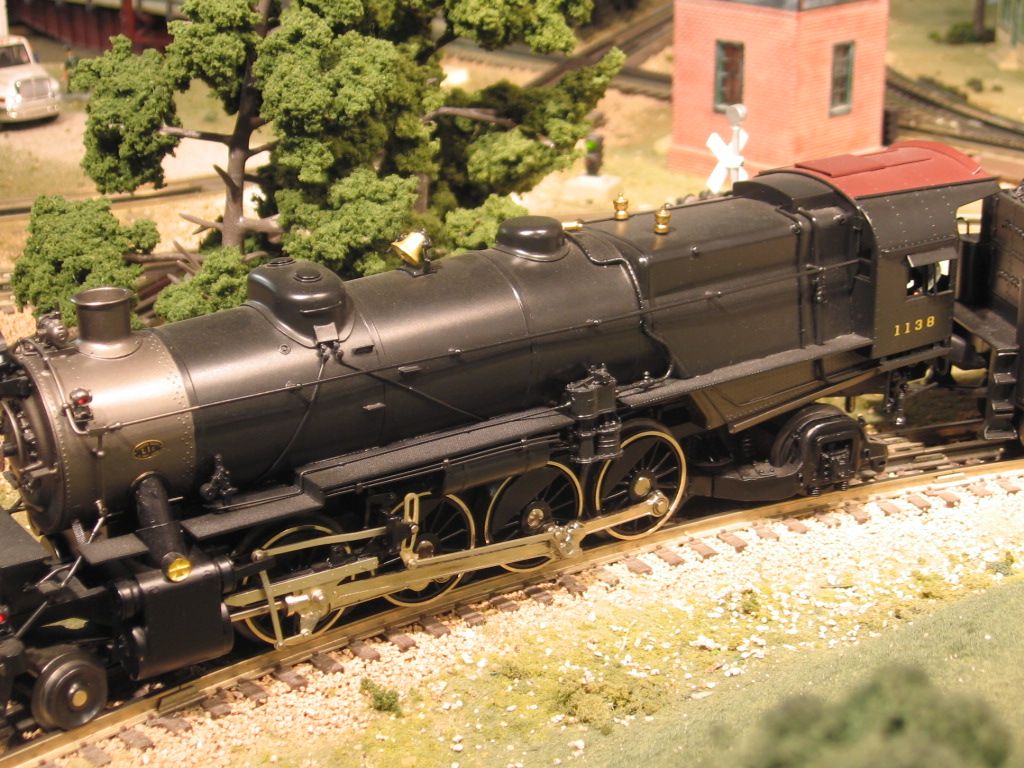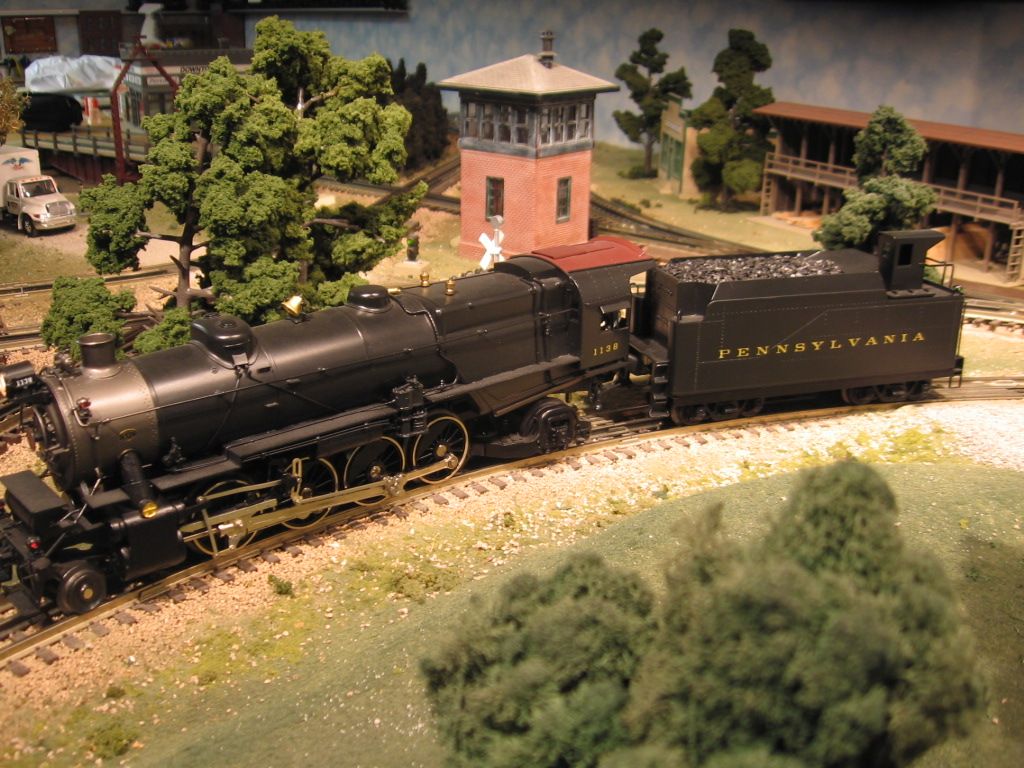@SusieQ posted:On the PRR L1's the location of the class lights differ; #1343, #1627 have the lights on the smoke-box near the stack and the dynamo was relocated to the front which I believe was to facilitate maintenance.......the other engines have the class lights on the pilot deck.
On the MTH version of the #520 the class lights were on the smoke box, the dynamo was on the front, the cab roof and tender deck were painted red, and there was a "doghouse" on the tender deck. The #520 in the set does not appear to reflect all of these features although it appears the doghouse is present.......then again, this is just catalog artwork........
I hope Ryan and Dave clarify some of these detail differences...........
@Norm Charbonneau posted:It might be time for a separate thread on the L1s.
You got it.
I am intrigued by the variations they are attempting to model. I am also trying to find a photo of the L1 with the Trainphone gear.
Edit: Found a good front view in Staufer’s Pennsy Power I and a nice fireman’s side shot in Pennsy Power II.
I noticed a bunch of the paint and class light differences too. I hope they’re based on clear photographs that are publicly available. I feel that will lend more credibility to the models.
Another thing I’m wondering about … My K4s from the Harding funeral set has badly mismatched paint on the tender top deck and cab roof. I noticed some of the paint in the catalog artwork didn’t match either. Getting clarification on that would be nice.

































